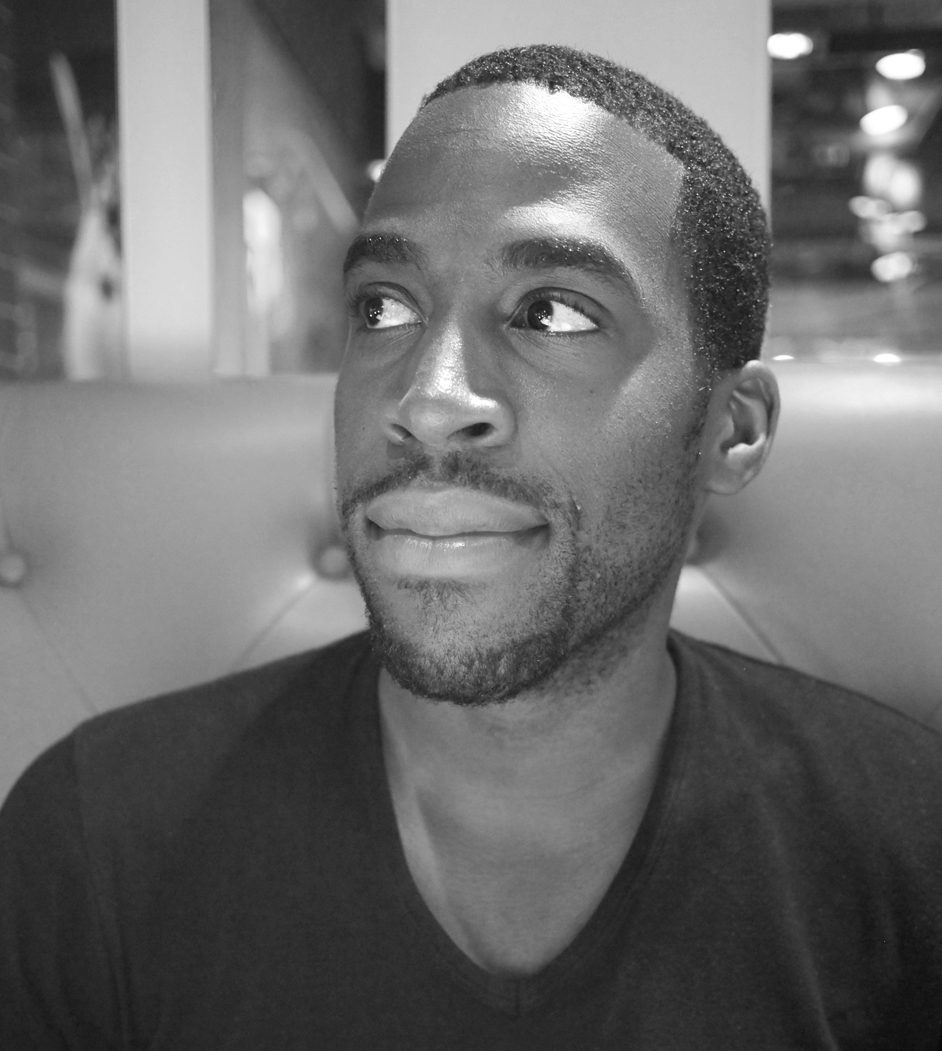
Mary Akers: Hi, Christopher. Thanks for sharing your excellent short piece “Pose” with us. This piece was written from the point of view of a woman, which I thought you handled very well. Are you comfortable writing from the female point-of-view or was this a departure for you?
Christopher Searles: Thank you Mary, I appreciate you publishing it.
When I first set out to write this story, it was from the male point-of-view. But the protagonist as a male didn’t work for me. The idea of domestic violence hadn’t even been derived at that point. When I changed the point-of-view to a woman, the story seemed to develop on its own and it seemed to flow. But I was still concerned whether women would be able to identify or relate with the protagonist, but I’m glad at least one woman (yourself) felt I handled it well.
MA: Having a character be naked always ups the stakes for readers. It’s certainly something we can all relate to, that feeling of vulnerability, of being exposed. But what I liked about your piece was that the naked character was the empowered one, and her nakedness actually exposed her husband’s misdeeds. Brilliant! Can you talk a bit about what inspired you to write this piece?
CS: A lot of my inspiration comes from my other passions. And visual art is another passion of mine. I have been in many life drawing classes in the past and I thought it would make for an interesting setting in a story. When beginning to write, I recalled the many poses in the classes I attended and the idea of one pose that would actually make me feel uneasy came to mind. From there, I just gave the pose context.
MA: My undergraduate degree is in fine art and I remember the first time we had a nude model in life drawing class. I was awed by her (and later, his) ability to be the only one in the room without clothes, with all eyes focused on the tiniest details of her/his body. But almost as soon as I picked up my charcoal, the model became an object to depict, a non-human still life with angles and curves, highlights and depth, textures and shadow. I think that is the distance that art provides and is also what allows us to write about the sometimes very personal process of recovery and find the sort of distance that takes away pain. Would you like to comment on this?
CS: I agree. I think the idea of writing about something so deep and personal that it causes pain can occur when the writer has been able to evoke emotions and feelings through the characters and their conflicts. And as the writer, I am able to distance myself from those emotions and feelings enough to complete the story because I’m viewing it as a form of art, thinking about specific nouns, strong verbs, and consistency of voice.

MA: I thought that our illustrator, Matthew Chase-Daniel chose an interesting image to illustrate this piece. What did you think of it? Did you find any special meaning in the image?
CS: I was curious to see how the illustrator would depict my story giving that it was a piece that dealt with art. But I was amusingly surprised by the choice and saw the immediate parallels. Animals bear it all much like the protagonist did in the story.
MA: And finally, What does “recovery” mean to you?
CS: I try to view recovery as a process of growth. I’ll use the analogy of my workouts in the gym. I workout to get bigger muscles. I tear the muscles I have through lifting weights. When I leave the gym, I go through the recovery process. During that recovery, my muscles are growing bigger and stronger to compensate for the heavy weights I had lifted. The process is sometimes long and painful, but I’m better for it.
MA: I like that analogy. I feel like I tear my “writing muscles” every day, too. Thanks so much for speaking with us today, Christopher. I enjoyed it!

Pingback: “Pose” by Christopher Searles | Rkvry Quarterly Literary Journal